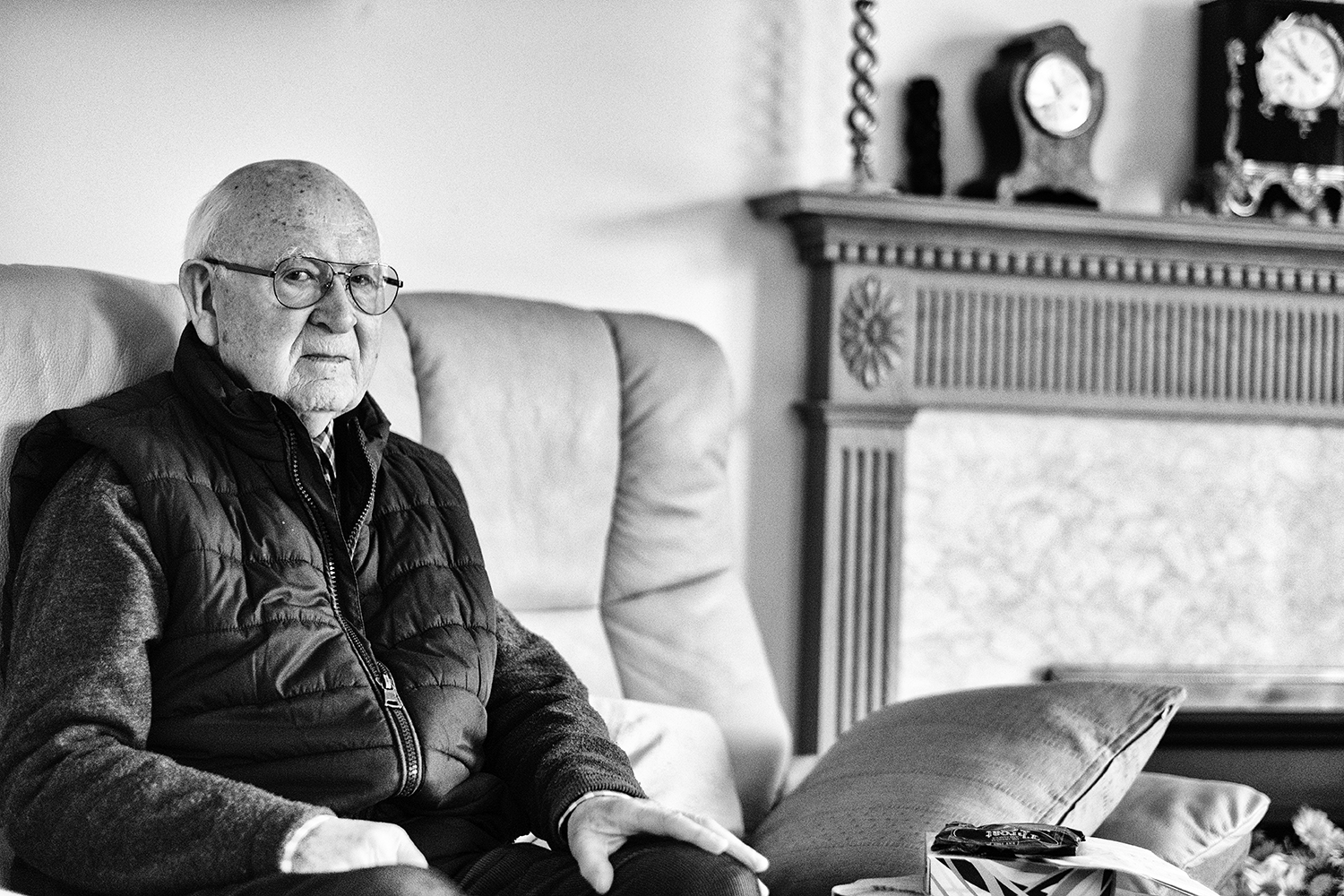Exercise 1: Individual spaces
In this exercise, you’ll build on your ‘Background as context’ exercise in Part One by taking the relationship between your subject and their surroundings a step further. The objective here is to try to create a link between the two components of your image, i.e. the subject and their surroundings.
Make three different portraits using three different subjects. Prior to shooting your portraits, engage with your subjects and agree three different specific locations which have some relevance or significance to them individually. You’ve already tried to give a particular context to a portrait by considering how the background might link to the subject positioned in the foreground, but now you must go one step further and negotiate a specific physical location where you’ll photograph your subject. This can either be inside or on location, but the key to this portrait is the interaction you’ve had with your subject in identifying a place that has specific meaning for them.
Each portrait should be accompanied by a very short piece of text explaining the choice of location or venue. Don’t be tempted to create a work of complete fiction here; it might make life easier for you, but you’d be missing an opportunity to engage with your subject and collaborate with them in the image-making process. You have complete freedom to work this out as you feel appropriate; for example, you may choose to theme the narrative behind all three portraits. Think carefully about how these images could work together as a set. For instance, if you plan to shoot outside, try to make sure the lighting conditions/ time of day/weather conditions all work coherently. Present all three images together as a series and reflect upon how successful this exercise was in your learning log or blog. Write around 500 words.
I did this exercise after the ‘covert’, ‘same model with different background’ and ‘same background different model’. Apart from pushing me out of my comfort zone, I found this a messy one to complete and do practically. Talking to people and getting a realistic setting for the images was painful. Some talked about childhood, others vacations or some event that was just not possible to photograph its location. Some people live miles away, and I meet only on occasion, so the whole exercise is totally impracticable (Note for the authors-you need to consider how people live these days).
In the first image, I talked with Harold about his love for clocks. He has an encyclopedic knowledge of clocks going back hundreds of years and is a master repairer. His house is full of clocks of all types, sizes and ages. As age has caught up with him, he yes is no longer able to take the strain of doing such intricate repairs and so he has had to give that up. I photographed him in his living room full of clocks, but as many are quite valuable we agreed not to have them in the shot.
Harold was an easy subject to talk with and his enthusiasm for his clocks was infectious. For the image, I simply captured him with some clocks in the background-a nod to his passion-I also left the TV remote in the image as it adds a touch of authenticity to it. I found I was in ‘documentary mode’ than trying to create a deep portrait of him. Although his clocks partly define him, he was also a school teacher back in the day and completed a degree in Deisgn. He also showed me a coffee pot he made for this MA, and this told me how much of a craftsman he was/is.


